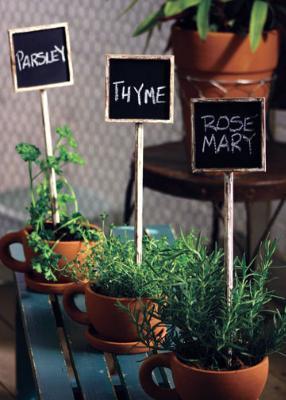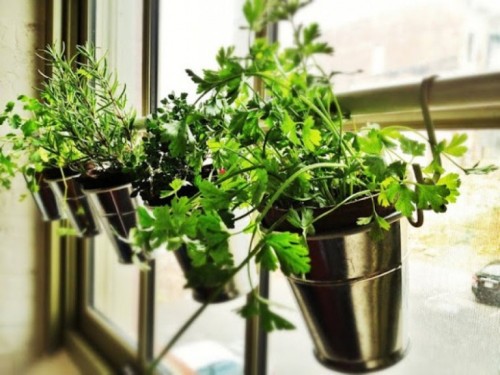

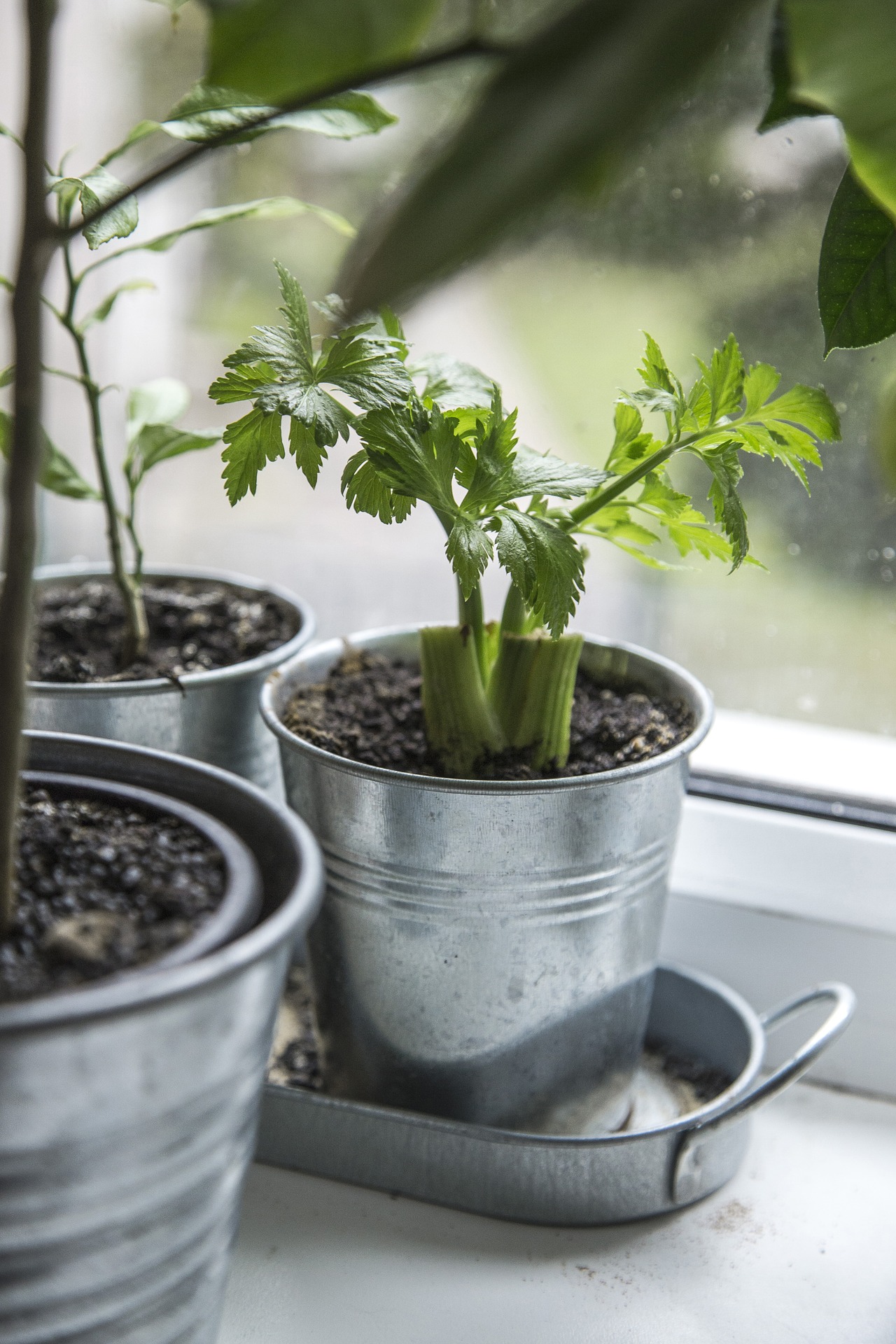
I don’t know about you, but most of the teachers I’ve met have limited classroom space. This makes finding a place to set up a small herb garden a serious stretch. Luckily, plants don’t mind hanging from the ceiling or a strategically-placed curtain rod by the window. This post will give you some ideas on how and where to place an herb garden in your classroom. You’ll also pick up a few tips regarding easy herbs for kids to grow, hydroponic herb gardens, and even pizza gardens!
If you’re considering a lesson on herbaceous plants, you should first decide how you’re going to define the term “herb” for your students. For a botanist, an herbaceous plant is one that flowers and does not have woody parts. Woody plants such as maple trees would not be considered herbaceous under that definition.
However, herbalists have a different way of looking at this subject. To them, an herb is any plant that has medicinal, healing, or otherwise “helpful” properties. Edible plants such as oregano are included in that definition. This also means that some woody plants such as St. John’s wort are considered herbs. For the purpose of this article, I’ll be using the herbalist definition of the term.
Please note, this post contains affiliate links. If you click through and make a purchase, I receive a small commission. This doesn’t cost you anything, but it makes me happy…so happy that I might even go out and hug a tree! Thanks for your support! Read my Disclaimer for additional information.
How Do Herbs Help Humans?
Herbs offer a variety of benefits to humans (and even animals in some cases). They feed us, add spice to our foods, help wounds heal faster, lessen the effects of a cold, and help us sleep. However, some herbs are poisonous and can be harmful if ingested. It’s very important to stress this to students. They should always positively identify an herb before eating it! Poison ivy, datura, morning glory, foxglove and poison hemlock are examples of herbs that can be dangerous if swallowed (or even touched in the case of poison ivy).
Luckily, for most herbs, there are more positive benefits than negative ones. Below are three ways herbs can be used to enhance our lives:

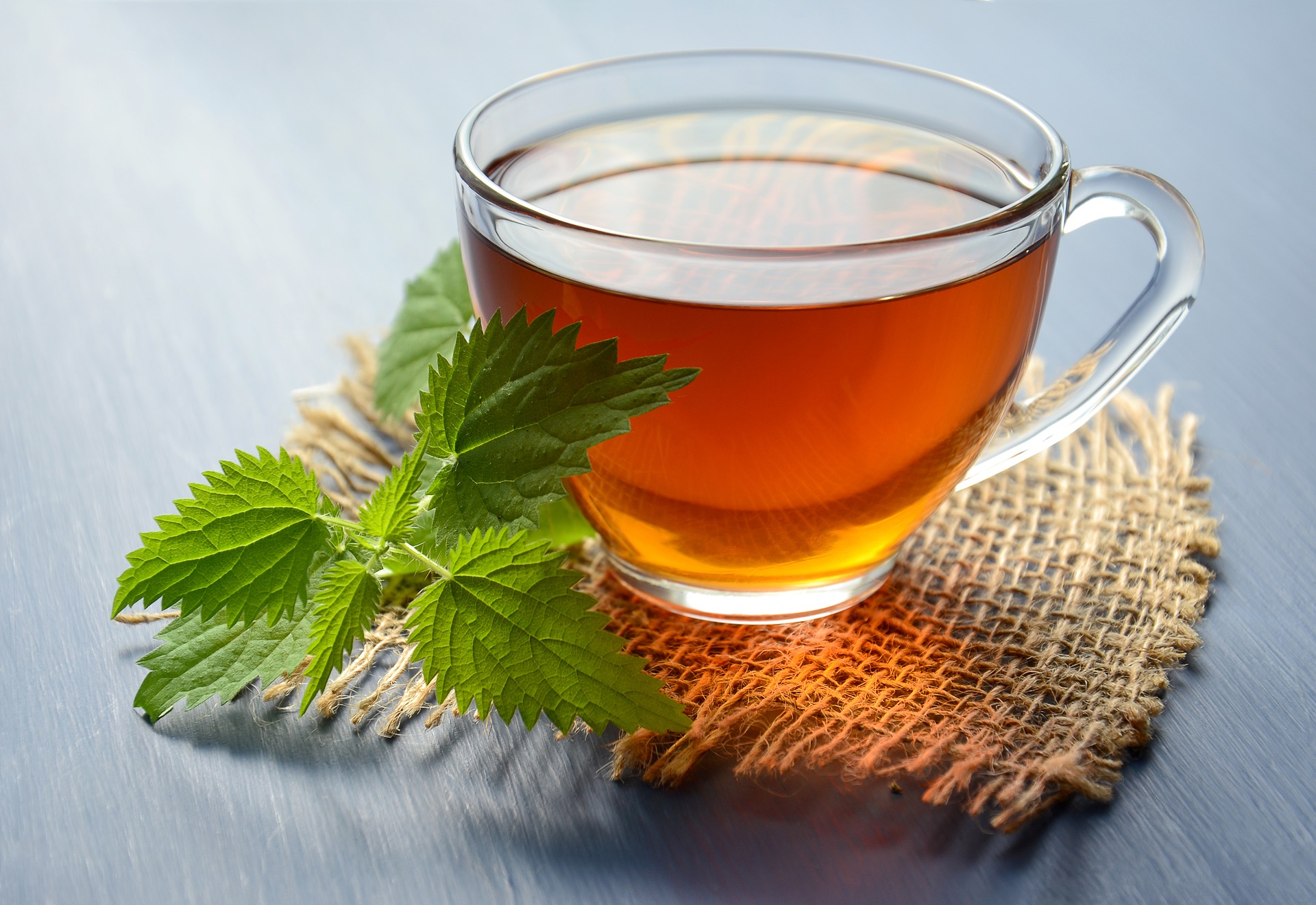
Herbal Teas
Many herbs, such as chamomile, cinnamon, and elder can be dried and used to make tea. Chamomile tea is known for its calming properties and is often prepared before bed as a sleep aid. For children, teas can be frozen to make popsicles. They can also be added to a warm bath or used as a foot soak to soften skin.
Chamomile isn't just for bedtime. It can also calm an upset stomach.
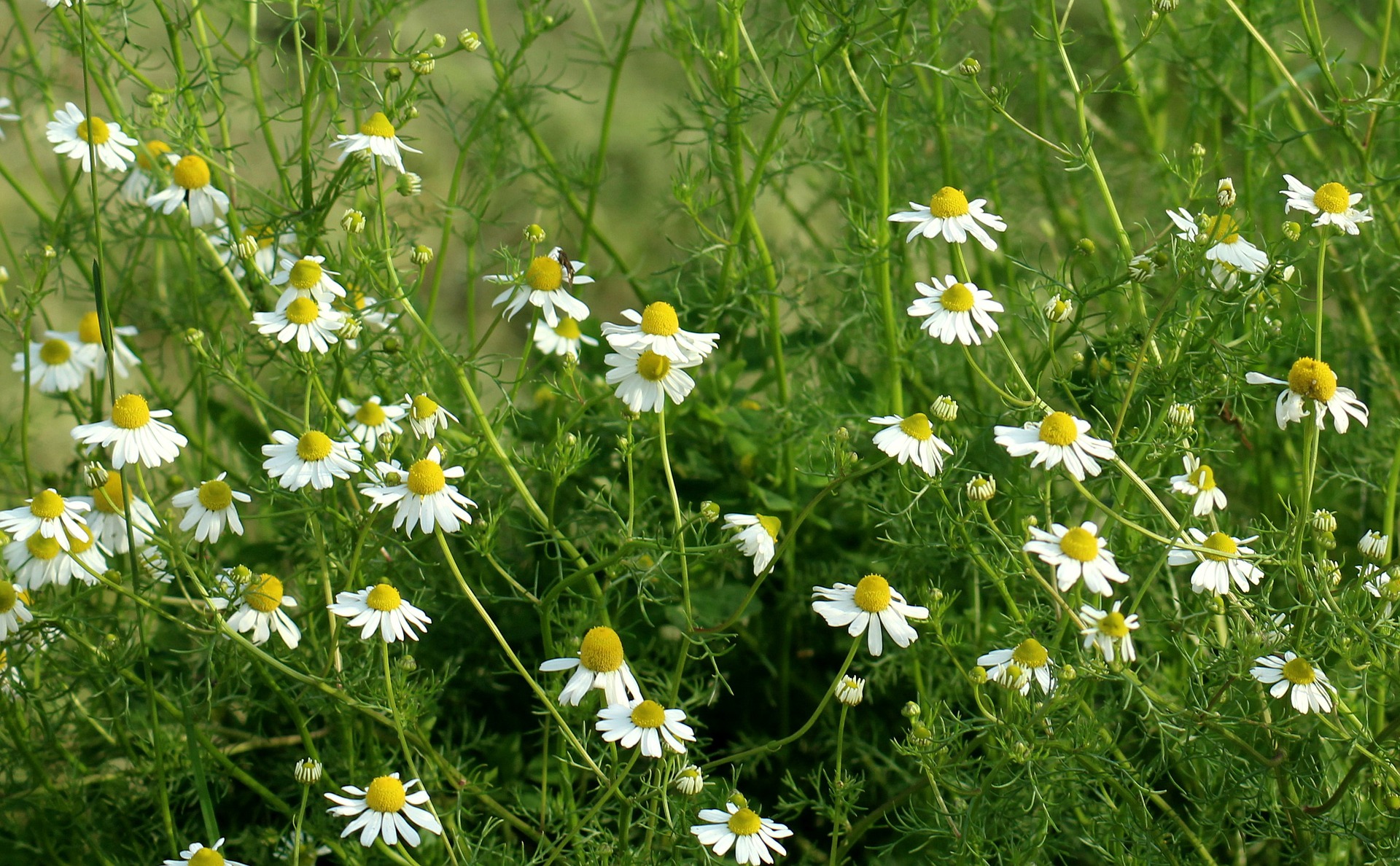

Cooking with Herbs
Probably the best known use for herbs is in the kitchen. One of the easiest herbs for kids to grow is basil, which is common in many culinary dishes such as pesto, tomato basil soup, and pizza. If you’re looking for a simple herb garden you can grow with minimal effort, a pizza garden for kids is a win-win.
A typical pizza herb garden consists of basil, parsley, and oregano. All of these herbs are easy to maintain and grow relatively fast. If you’re feeling really adventurous, you might throw in a couple tomato plants, although they do require a little more attention than the herbs.
Many children don’t fully realize where the food they eat comes from. One tasty and educational way to conclude your herb garden project (if you have the proper facilities) would be to have the kids make homemade pizza sauce using the herbs from their garden. They can then either take the sauce home or use it on their own pizzas for lunch one day.
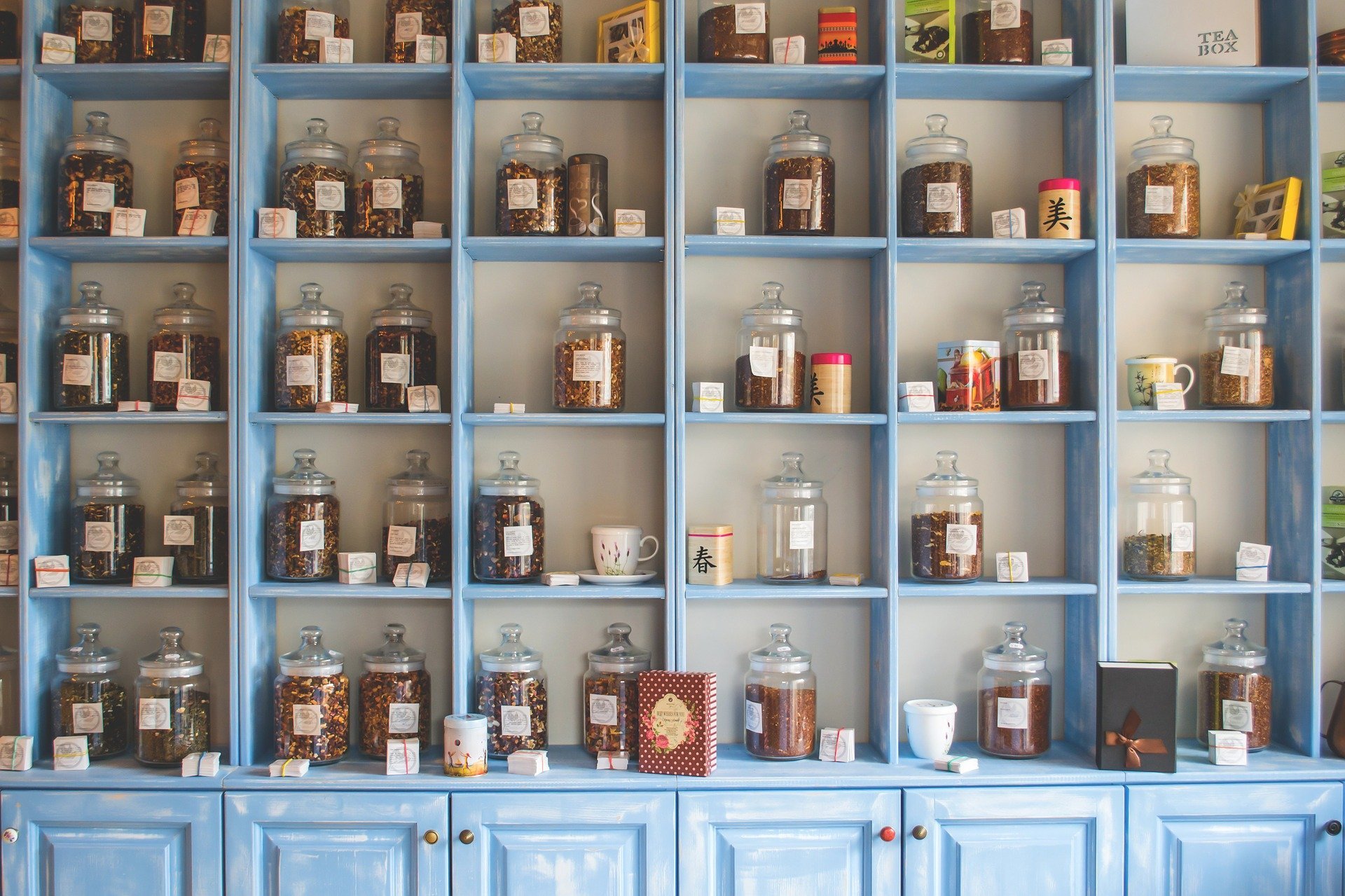
Medicinal Herbs
Herbs have been used for their medicinal properties for centuries. Our ancestors didn’t have Tylenol or other pain relievers in their “medicine cabinets.” They had to look to nature to provide pain relief and healing medicines. Today, science has labeled a number of these herbs as placebos or even “more harmful than good.” However, there are still quite a few herbs that are known to have positive benefits.
The charts below provide a list of easy herbs for kids to grow. The primary medicinal use for the herbs is identified (if applicable), along with some additional fun facts and planting instructions. You can learn more about designing and setting up your classroom herb garden in the next section.
Full sun to partial shade and dry to moderate water needs. Commonly used to help upset stomachs and coughs. Leaves taste like licorice.
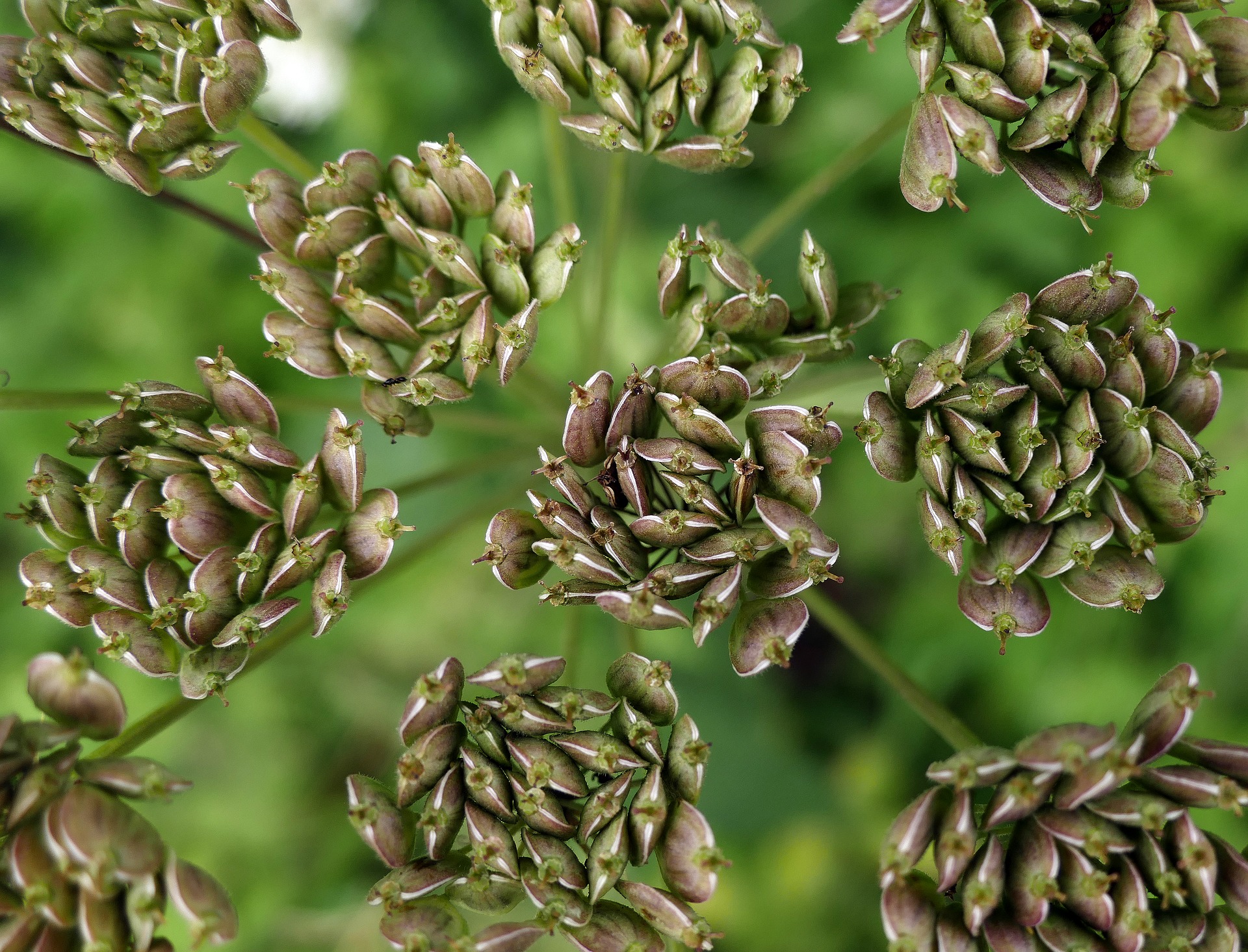
Full sun and dry to moderate water needs. Used primarily for cooking. Great in salads, pesto, and even orange juice.

Full sun and dry to moderate water needs. Used to help skin and wounds heal. Petals can be added to baked goods.
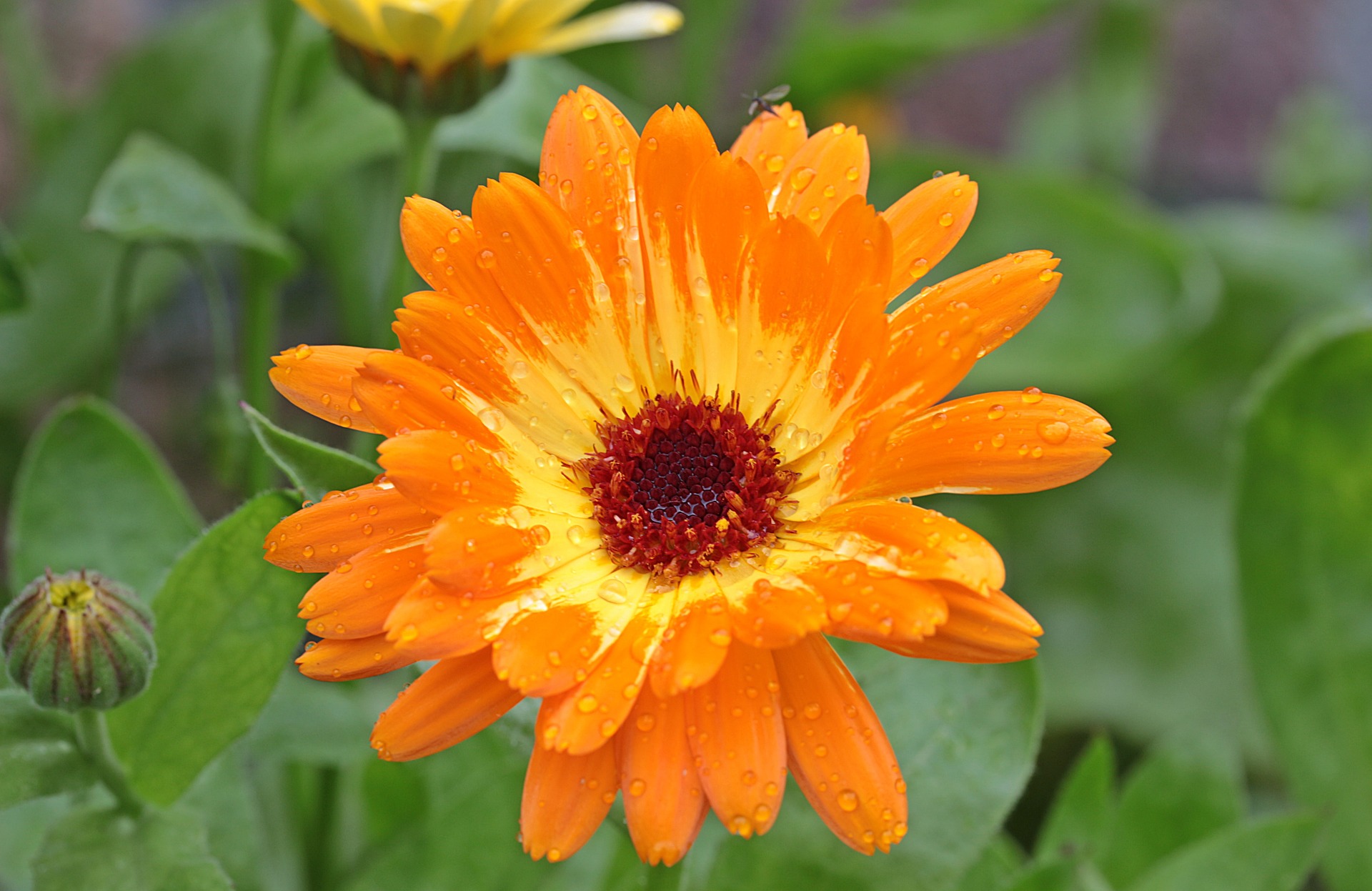
Full sun to shade and dry to moderate water needs. Cats love this herb! Leaves can be added to bedtime bath to help you relax.
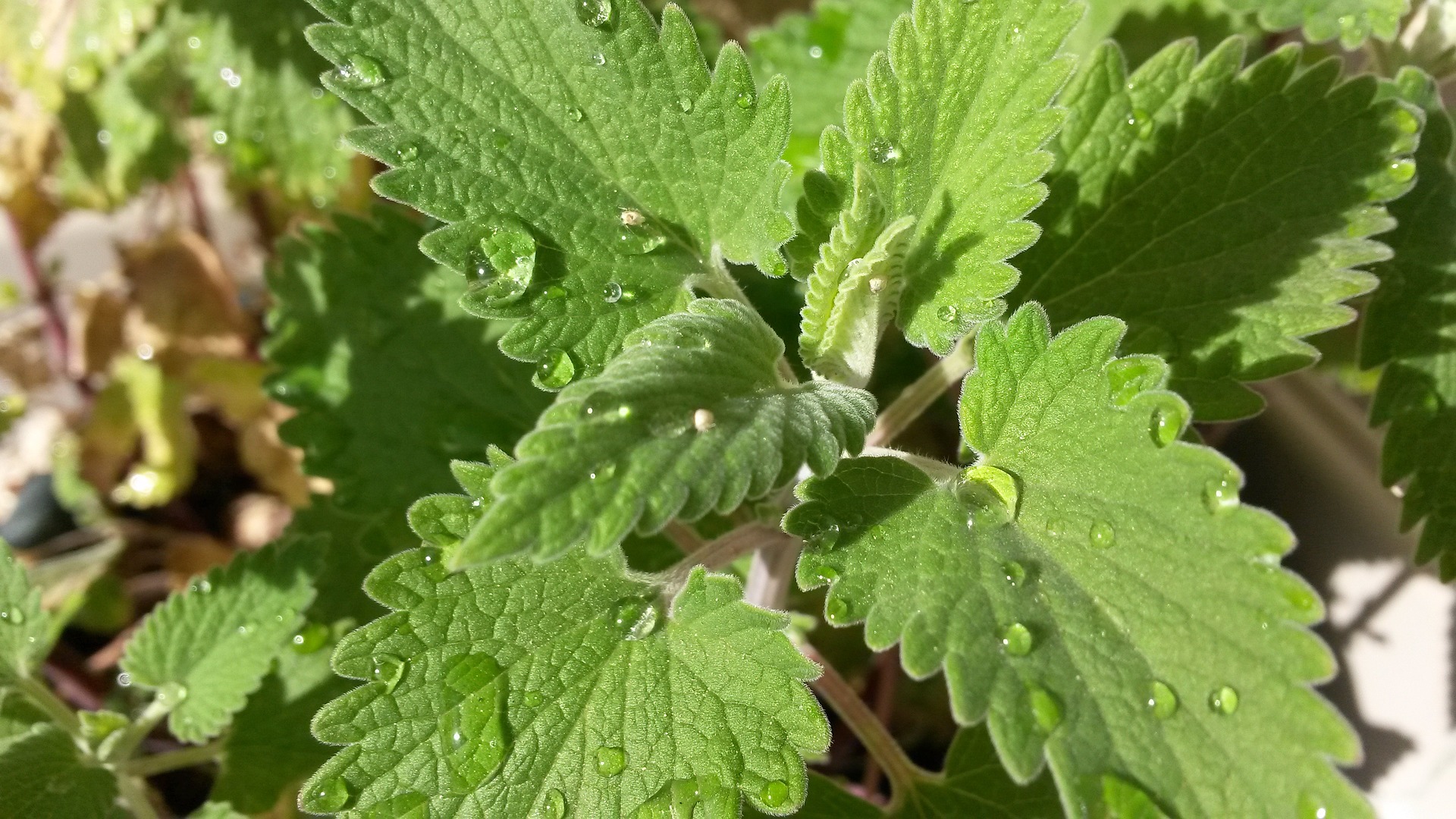
Full sun to partial shade and moderate water needs. Good for upset stomachs, frayed nerves, and also used by some as a sleep aid. Flowers smell like apples.

Full sun to partial shade and moderate water needs. Used primarily for cooking. Has a mild onion flavor.
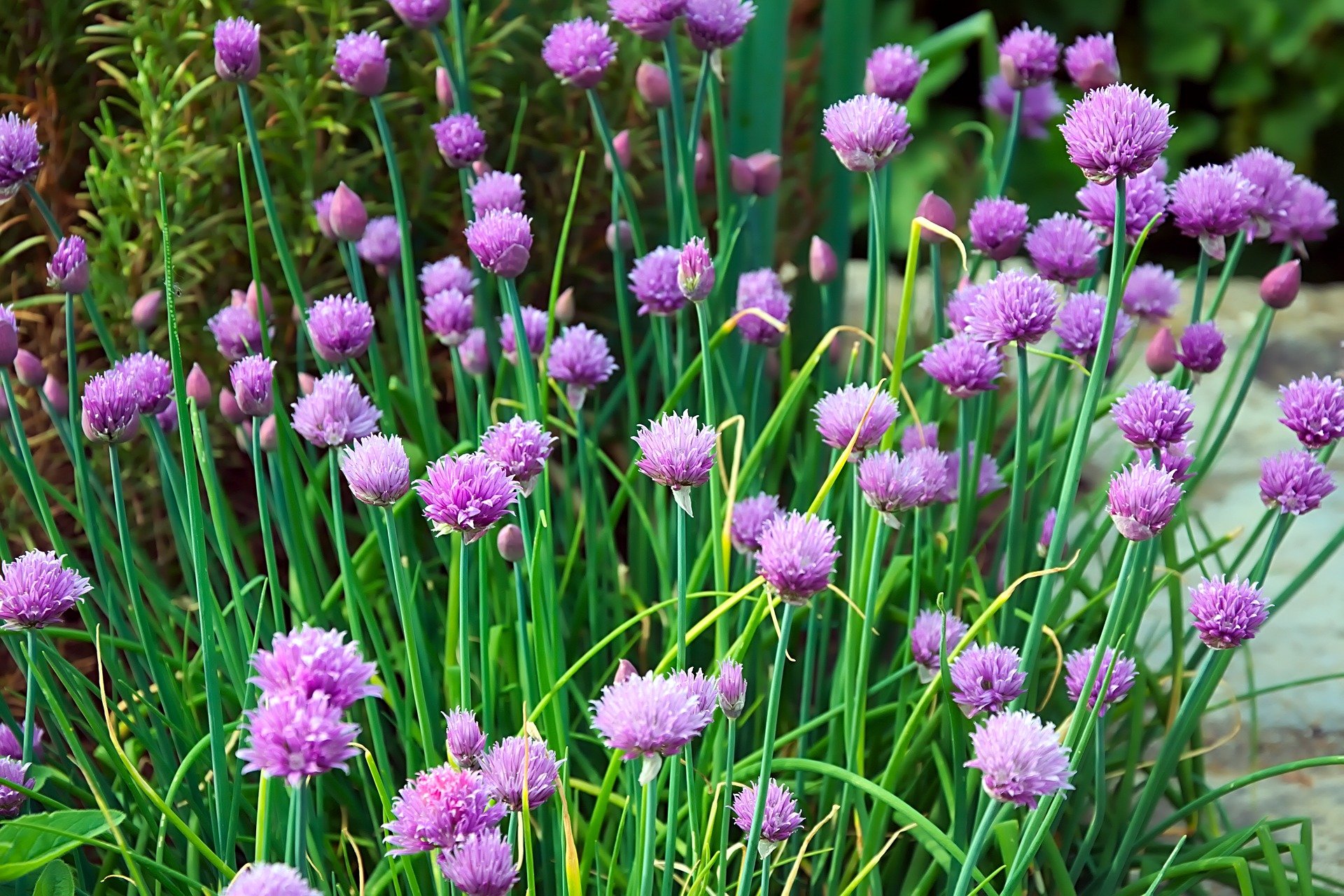
Full sun and dry soil. Eases stress and is often used as a sleep aid, especially for children. Place dried flowers in a pouch under your pillow at night.
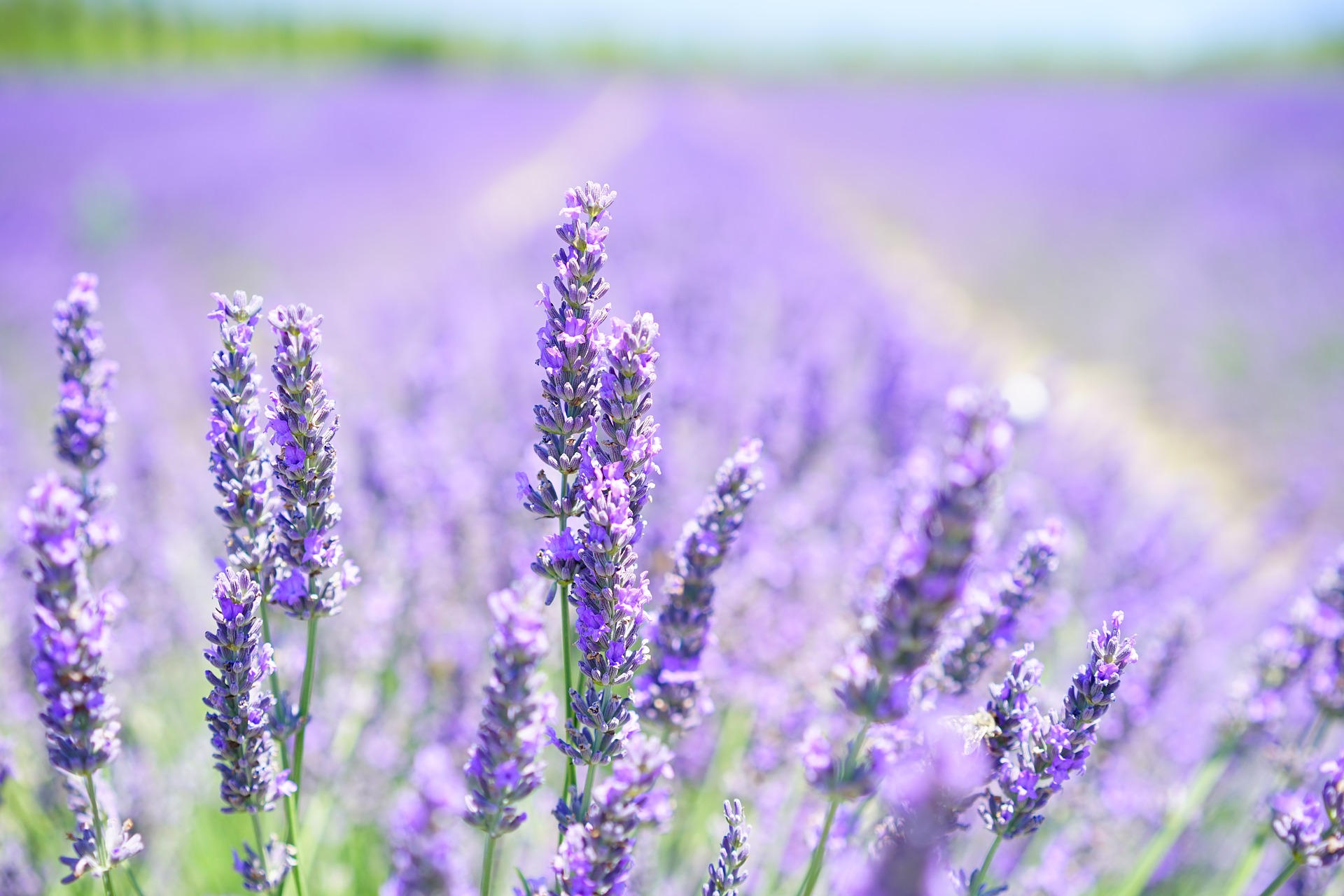
Full sun to partial shade and moderate water needs. Helps with colds and calms nerves. Add to water for a lightly flavored drink.
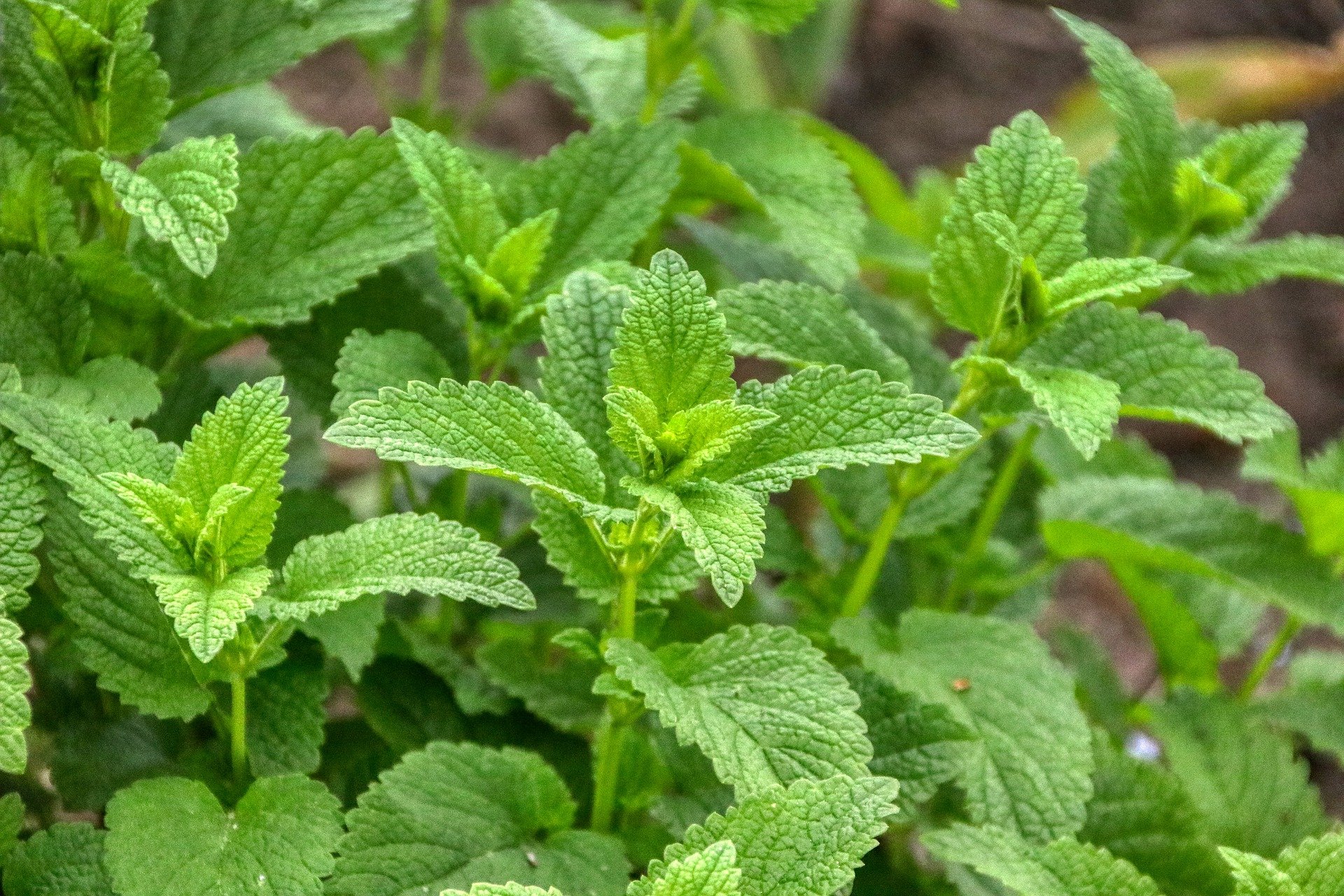
Full sun to shade. Moderate to moist water needs. Aids in digestion and some varieties can help with asthma. Varieties include chocolate, apple, orange, pineapple, and ginger.
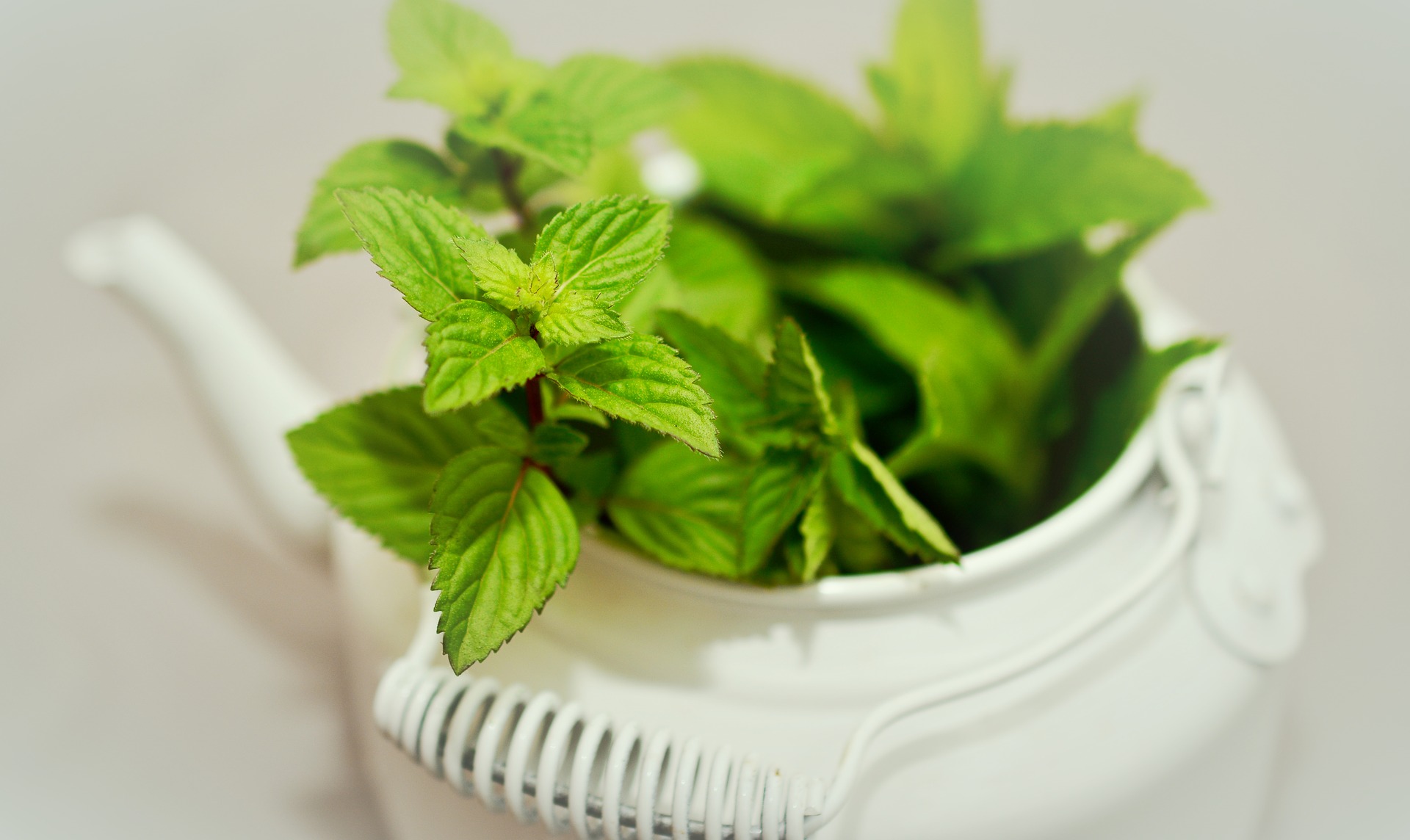
Full sun and dry to moderate water needs. Used primarily for cooking; often an ingredient in pizza sauce. Very fragrant and drought-tolerant.
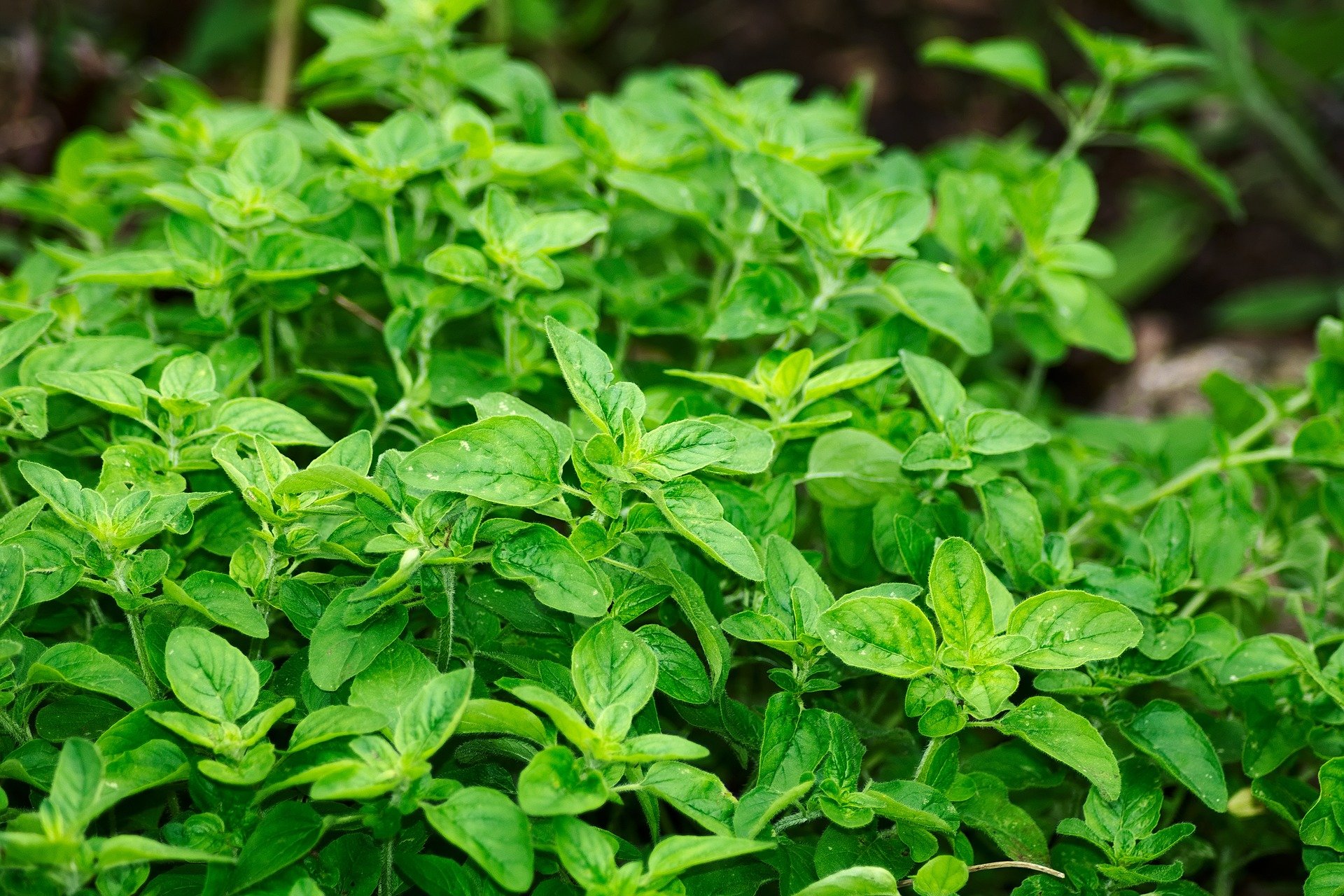
Full sun and moderate to moist water needs. Used primarily for cooking. This herb is a common topping for many dishes.
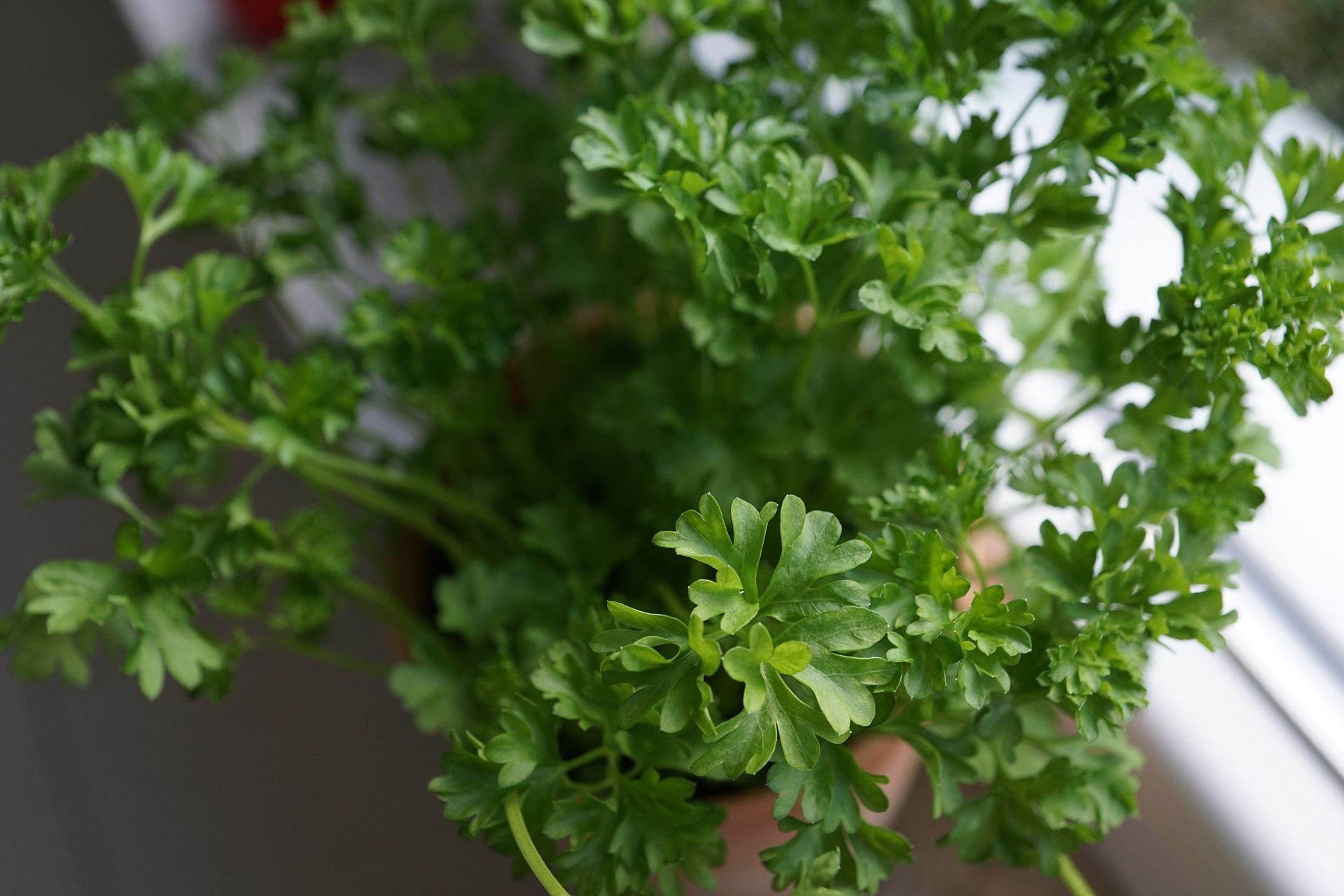
Full sun and dry to moderate water needs. Known to soothe headaches and belly aches. Makes a tasty pizza topping.
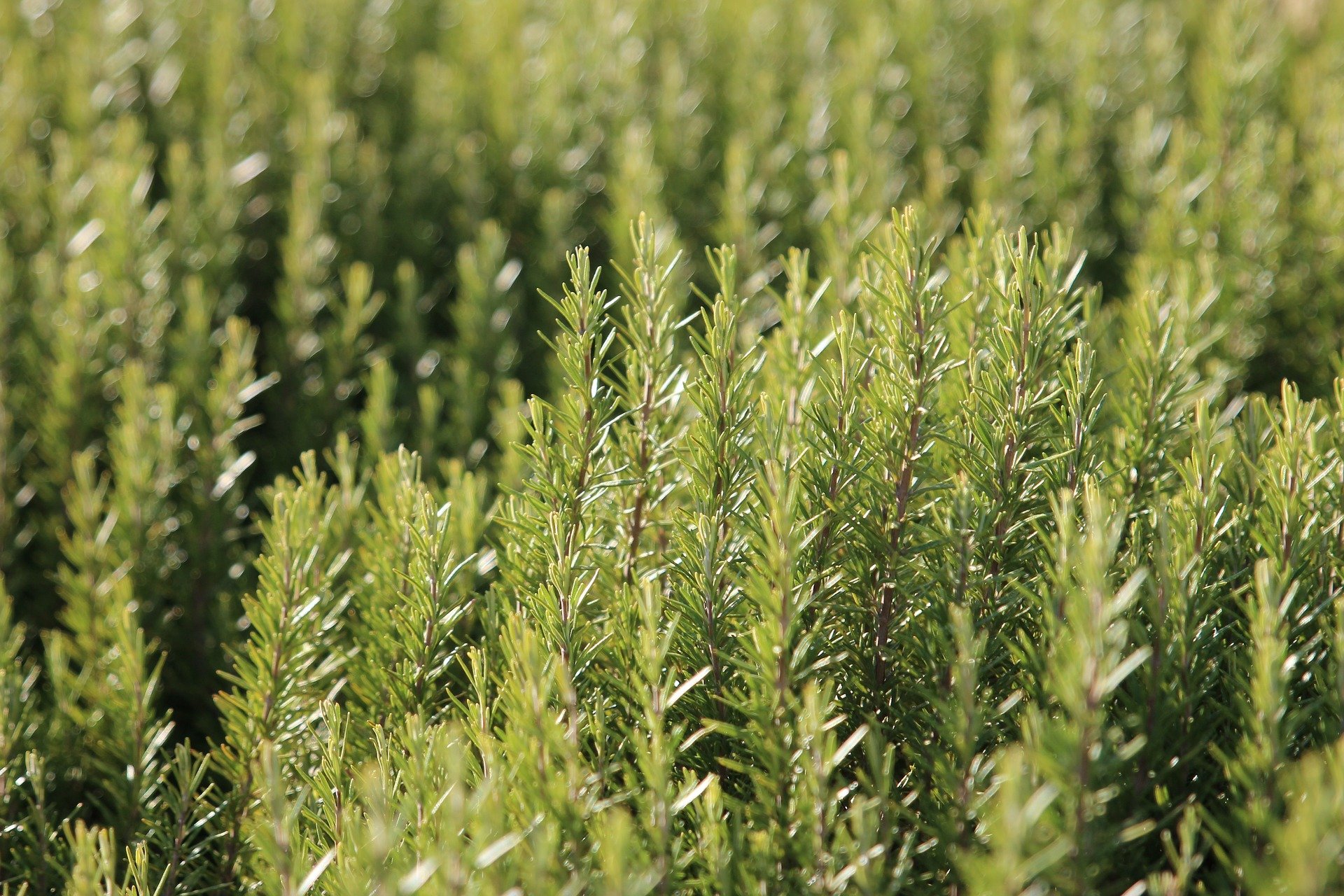
Full sun and dry to moderate water needs. Eases sore throats. Dried sage can be burned (for the aromatic smoke) or made into a healing compress.
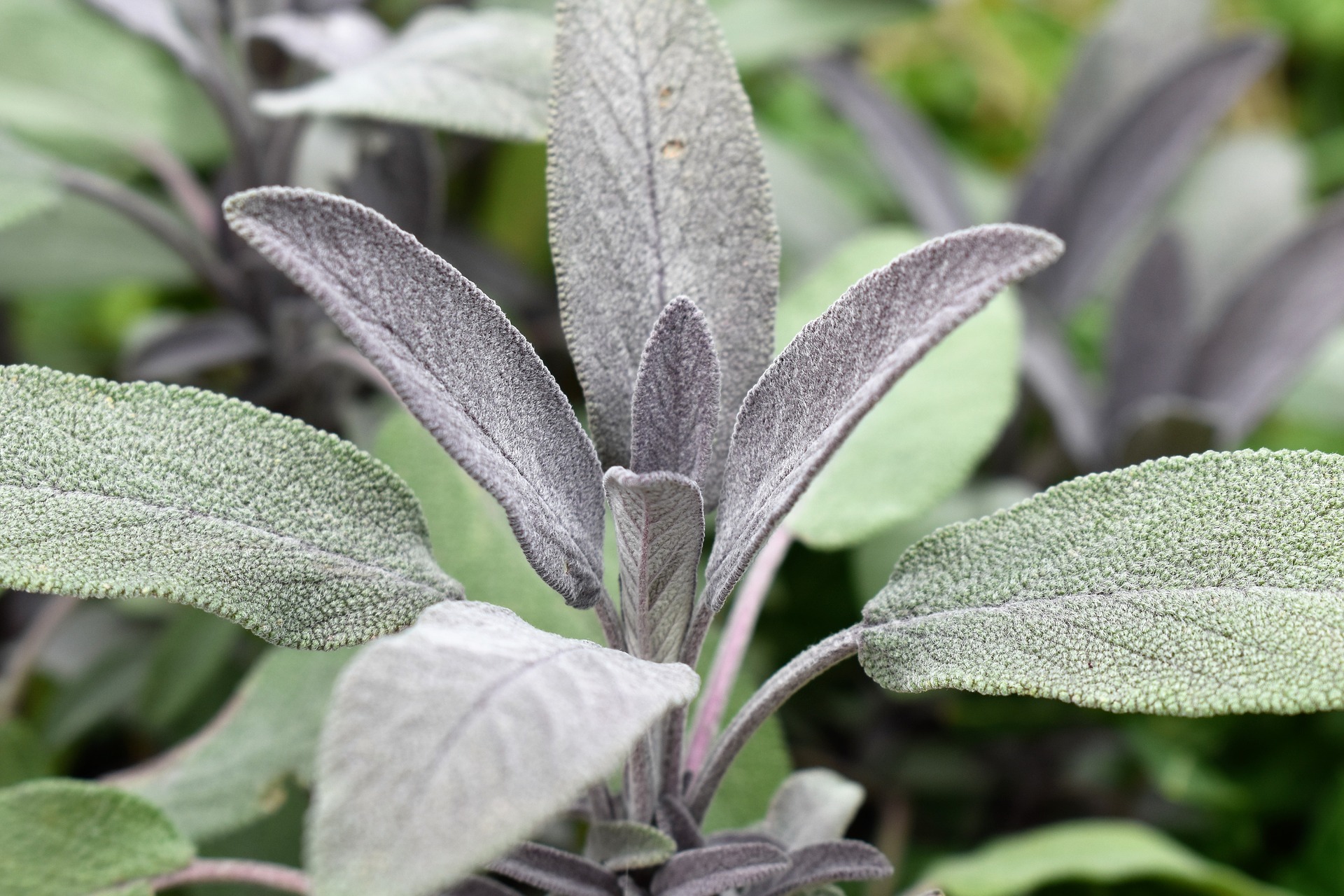
Full sun to partial shade and dry to moderate water needs. Used to treat infections. Excellent ground cover for fairy gardens.

Partial shade to shade and moderate to moist water needs. Eases coughs and soothes skin. Flowers are edible and can be crystalized in sugar.

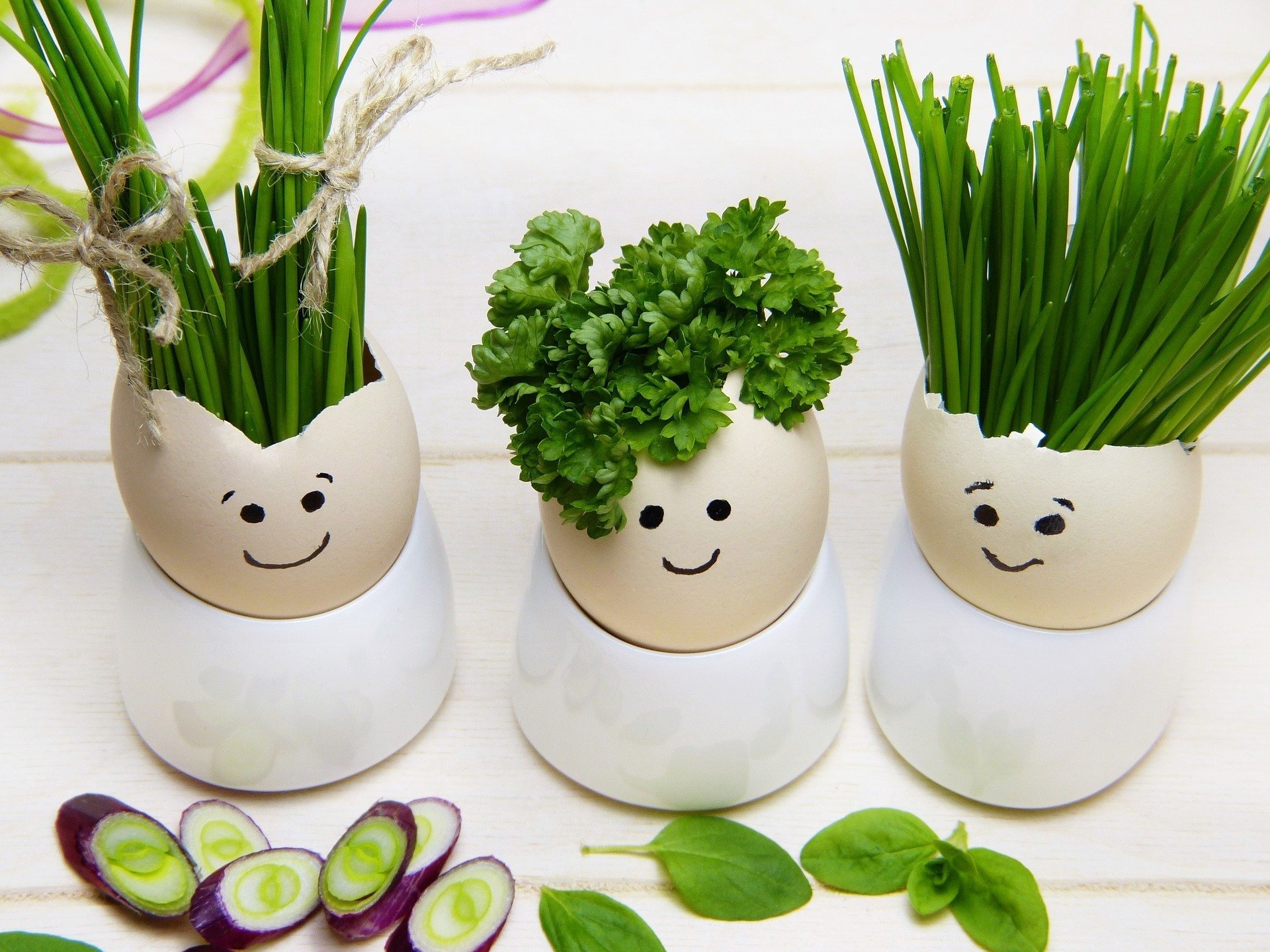
How to Plant an Indoor Herb Garden
The first thing you’ll want to do before you plant anything is to survey your available space and think about your herb garden design. Where will your garden be happiest? Setting up a garden indoors is a bit of a challenge as you don’t have one of plant life’s primary needs readily available…the sun. That means you’ll need to be a bit creative with your planning. Once you’ve designated a space, the following steps will help you design your garden to fit the space properly.
Know Your Plants
Now that you have a space set aside in your classroom, it’s time to choose your plants. Use the chart above to pick out a few easy-to-grow herbs to start with and see how things go. You may want to expand your garden if these “guinea pigs” do well, but for now, create a list of the herbs you want to plant and get to know them.
As you’re already aware, all plants have certain requirements that must be met in order to grow and thrive. Plants need water, vitamins and minerals (in the soil or water), and sunlight. The chlorophyll in plant leaves captures sunlight and uses it to produce food for the plant. A vital byproduct of this photosynthesis process is something all animals need to survive…oxygen.
The plants in your classroom will need all of these elements too. They might not get them in the normal way, but luckily there are plenty of plants that aren’t picky.
Set Up Your Garden Space
For some classrooms, a traditional garden is preferred. However, for others, a hydroponic herb garden is a good choice. Although most plants grow in soil, hydroponic systems don’t require it. Instead, each plant is placed in a “water bath.” Vitamins and minerals are added to the water, which is circulated by an air pump. The result is a cleaner garden that uses minimal space.
If you don’t want to go the hydroponic route, you’ll need to do a little math (the engineering part comes next). How many pots do you plan to have, and how big will they be? For a classroom garden, smaller pots are the best option as they take up less space and aren’t too heavy to hang.
What light source will you use for your indoor garden? Luckily, there’s a plethora of inexpensive grow lights available for gardens that cannot be placed near a window.
And now for the engineering part…below are some small herb garden designs that would work in a classroom (click on the images to visit the websites for more information). You’ll note many of these gardeners took advantage of the ceiling or used shower curtain rods to hang plants by a window. I also like the idea of buying each child their own individual tea cup to use as a planter. These would make a pretty windowsill herb garden. The cups could then be taken home later as a gift for mom or dad.
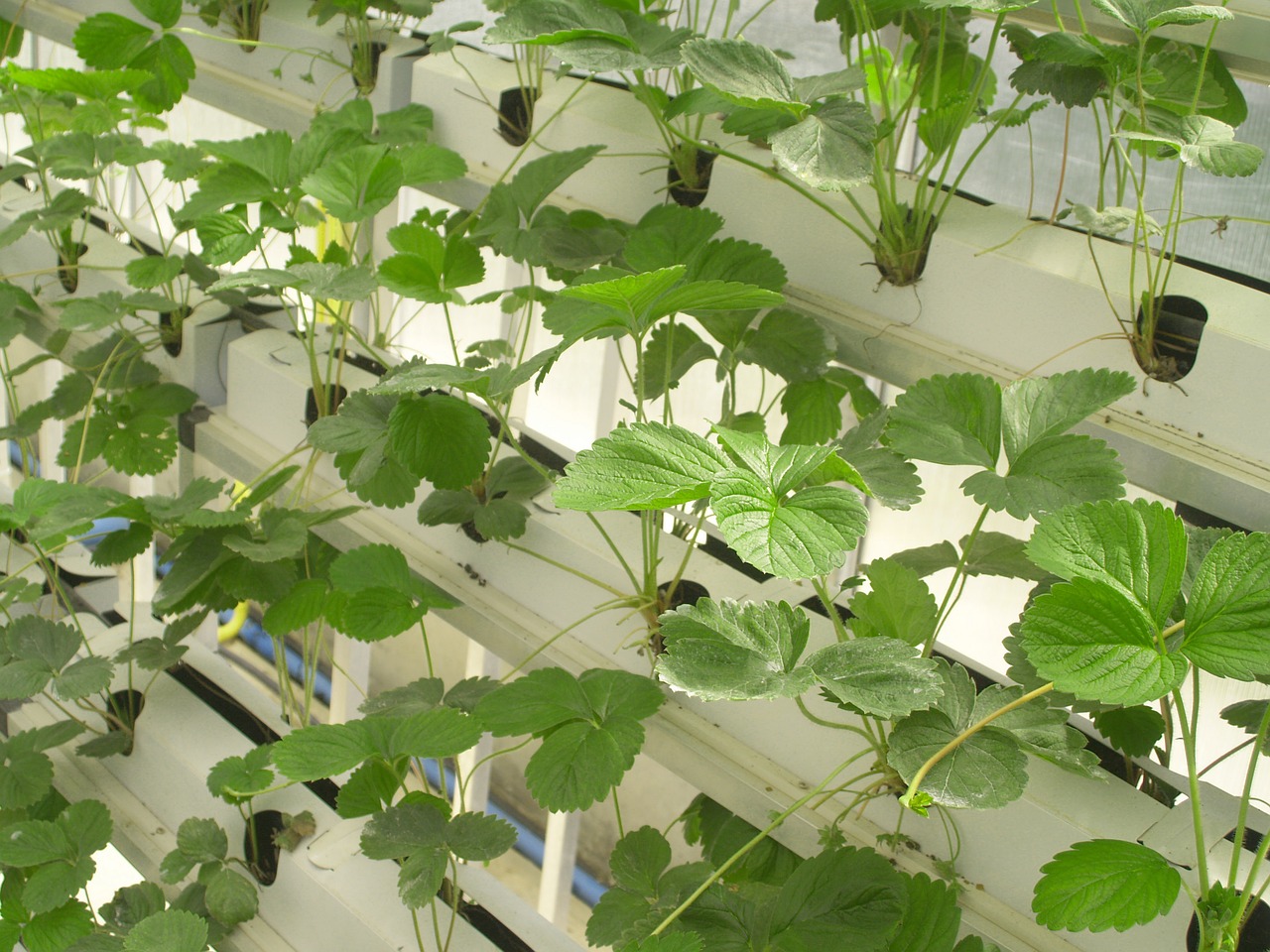
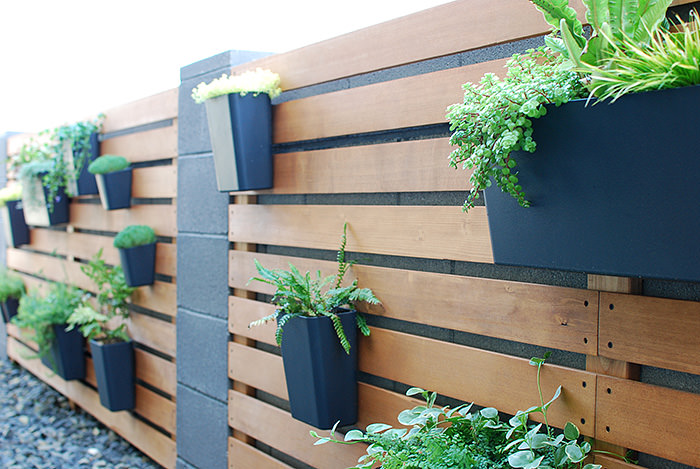
Pallet Wall
Yes, this is an outdoor garden. However, imagine decorating an old pallet and tacking it to a wall in your classroom. You can find the clip-on pots HERE.
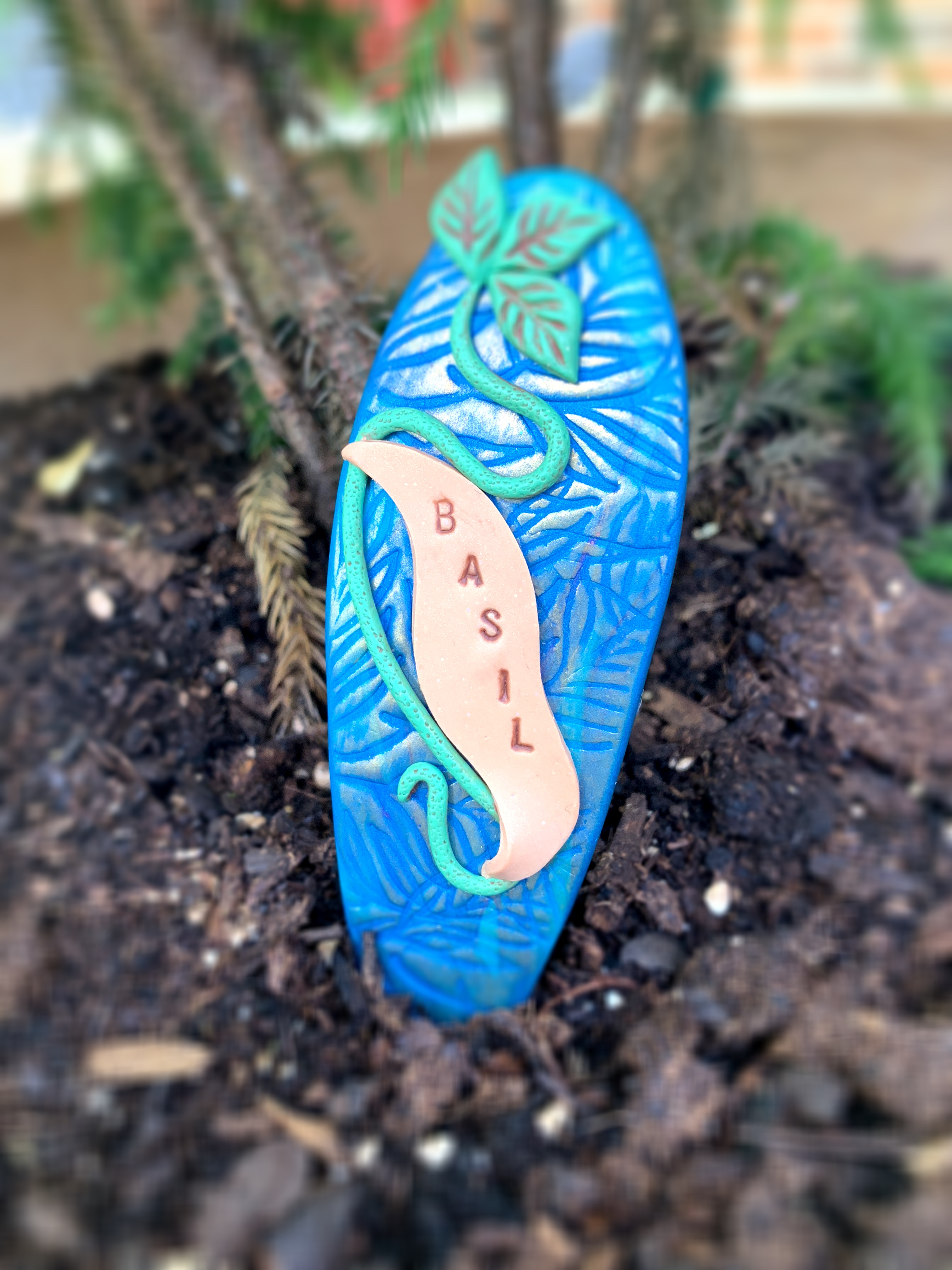
Plant Your Garden
This stage is best done outside so any spills will be easy to clean up. Each child should have the opportunity to plant something, whether you choose to start from seeds or seedlings. For smaller pots, garden tools aren’t really needed. The children can simply use their hands. There’s nothing wrong with getting a little dirty now and then!
You can buy seeds online or at your local gardening center, and many towns have nurseries that sell inexpensive seedlings. Obviously, the seedlings will be easier to grow and maintain. It just depends on what kind of lesson you’re planning. Either way, make sure your students pay attention to the nutrient requirements and growing instructions for each plant.
Marking each student’s plant(s) is an important part of the planting process. Crafting their own garden stakes would be a fun art project for the class. Depending on what kind of containers you use, decorating their planters could also be a good way to express their creativity.
Take Care of Your Plant "Babies"
Part of this lesson should be the daily visits your students make to the garden to care for their plants. They’ll need to water regularly and turn the pots to ensure the plants continue to grow upward instead of leaning to one side. Indoor gardens require a bit more love and care than an outdoor garden, but it can be done!
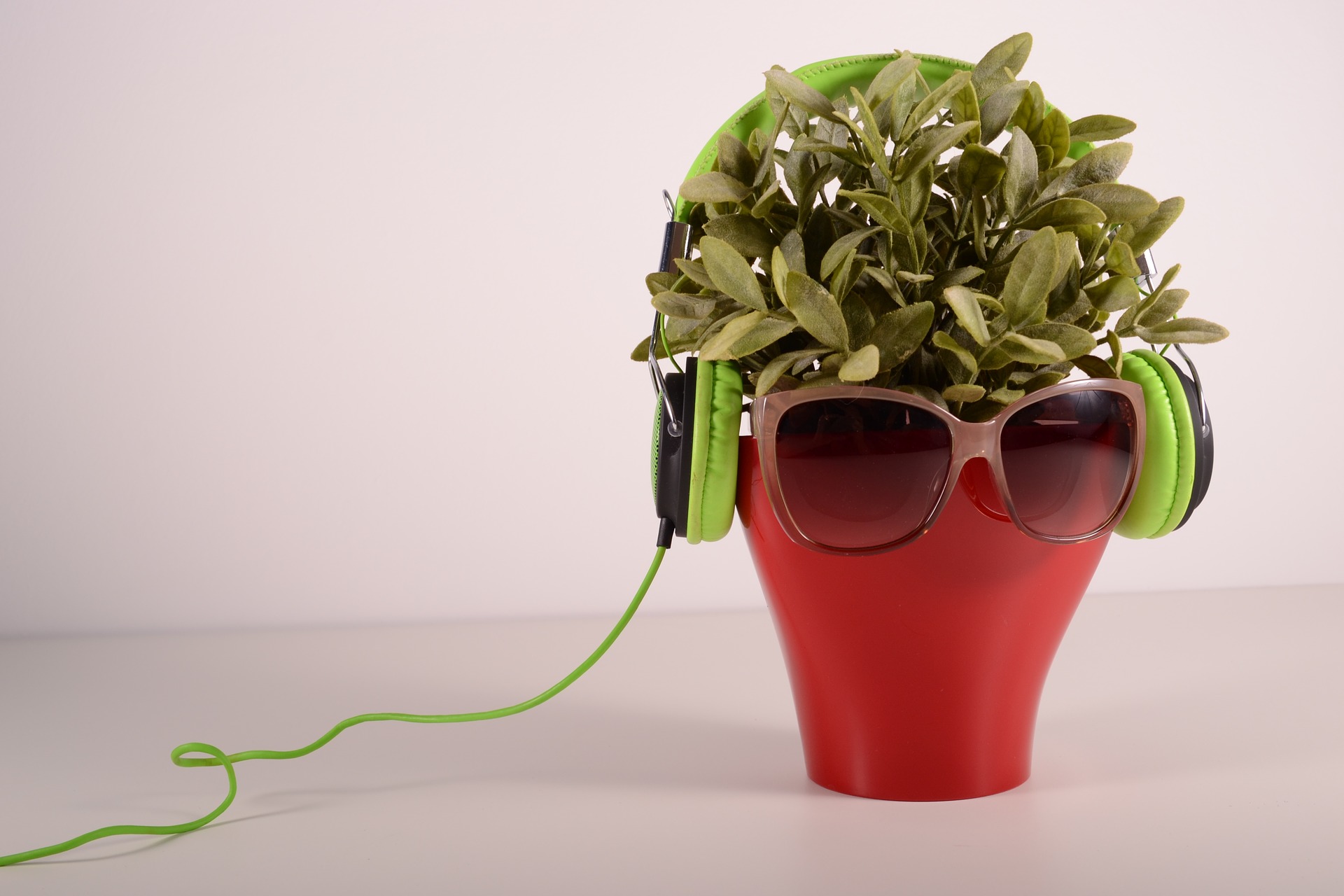
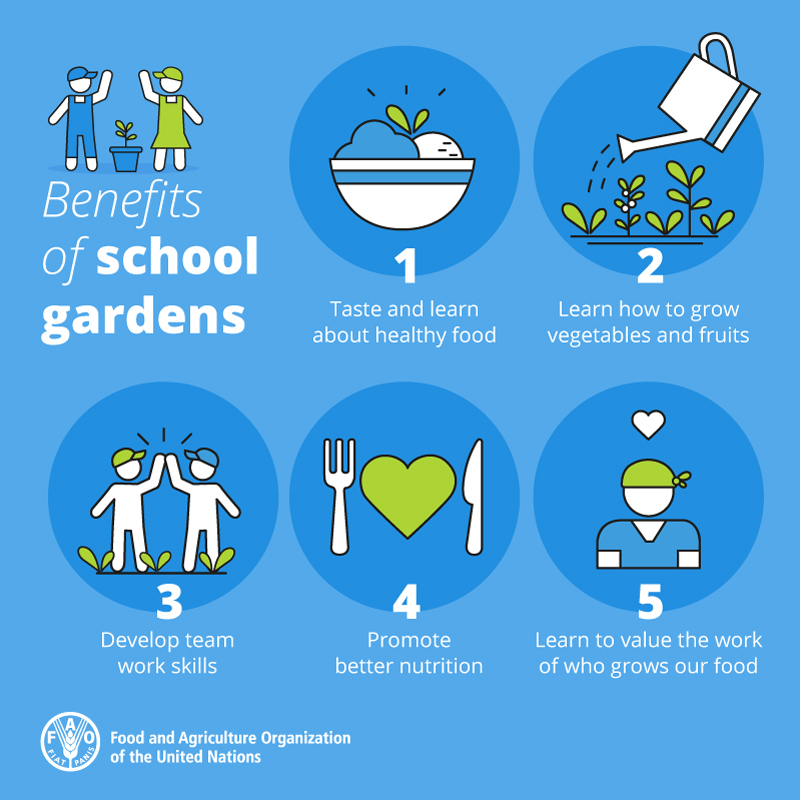
Hopefully these tips will help you decide if an indoor garden is right for your classroom. Research has shown that involving students in the design and maintenance of a school garden can benefit them in many ways, from education to nutrition. It can also build teamwork and a sense of camaraderie. They may not be growing trees to hug, but the results of their efforts will be quite tasty!
Related Articles
If you enjoyed this article, you may wish to read these as well!
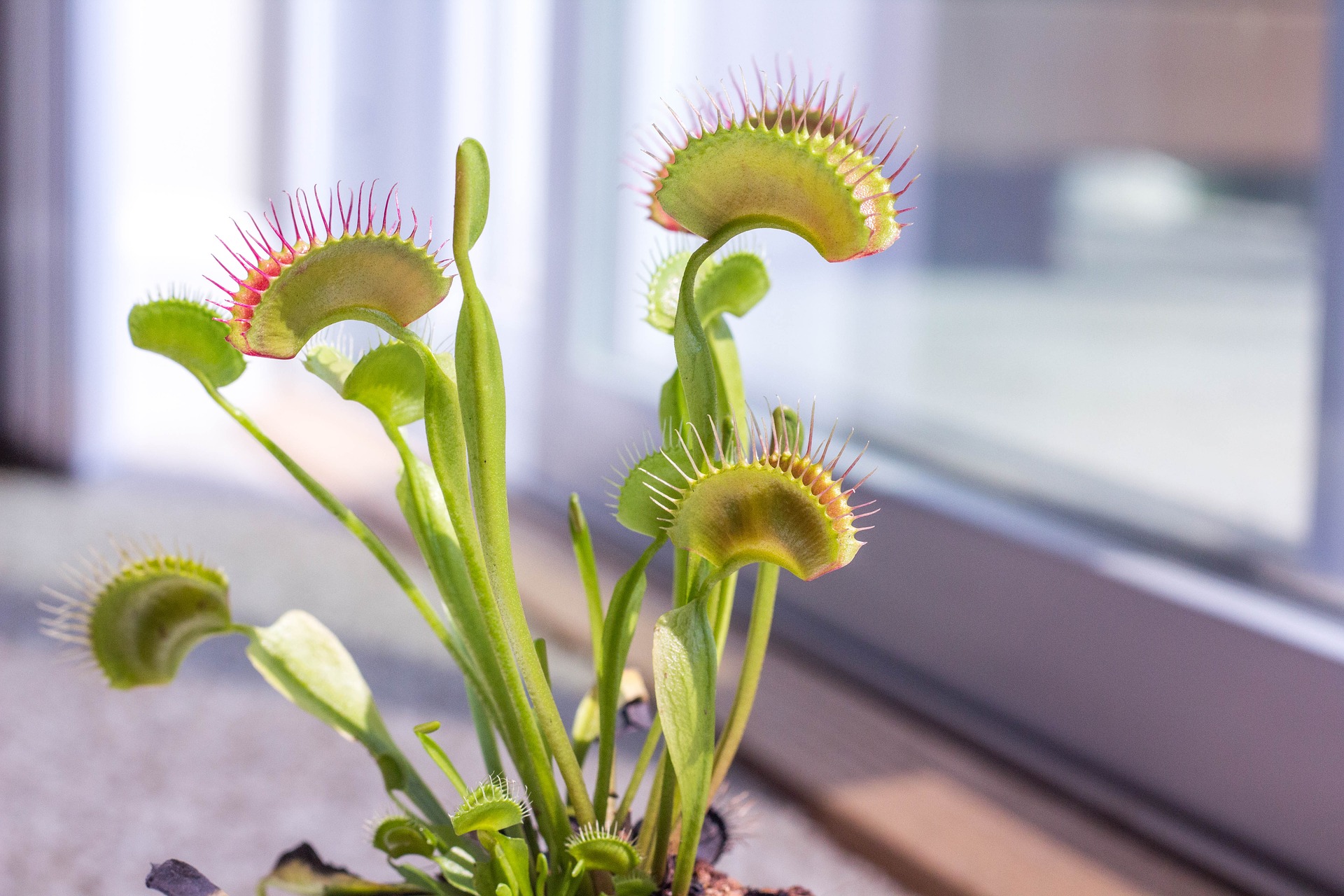
Cool Carnivorous Plants
We’ve all seen the famous (or is it infamous?) Venus flytrap do its thing, right? This is one of the coolest carnivorous plants on the planet, and thanks in part to “Little Shop of Horrors,” it’s a pretty well-known one too. In this iconic musical, the plant (known as Audrey II) comes from outer space. However, in the 1960 movie, the star of the show is a cross between a Venus flytrap and a butterwort, both real carnivorous species...

Food Chains for Kids
As a naturalist, I was always surprised when I came across a child who didn’t know where the food on their dinner table came from. I shouldn’t have been, really, because we tend to shelter young children from certain unsavory topics (such as the butchering process). As a result, developing simple food chains for kids and helping them understand how everything is interconnected in nature was a frequent subject of my school programs...

A Lorax-Themed Classroom
The Lorax is one of Dr. Seuss’ most beloved classics. Not only is it a great story for all ages, but it focuses on a nature theme. In my humble opinion, it’s never too early to introduce conservation practices to your children. Whether you teach preschool or 4th grade…or even homeschool…you can’t go wrong inviting the Lorax to visit your kiddos...

